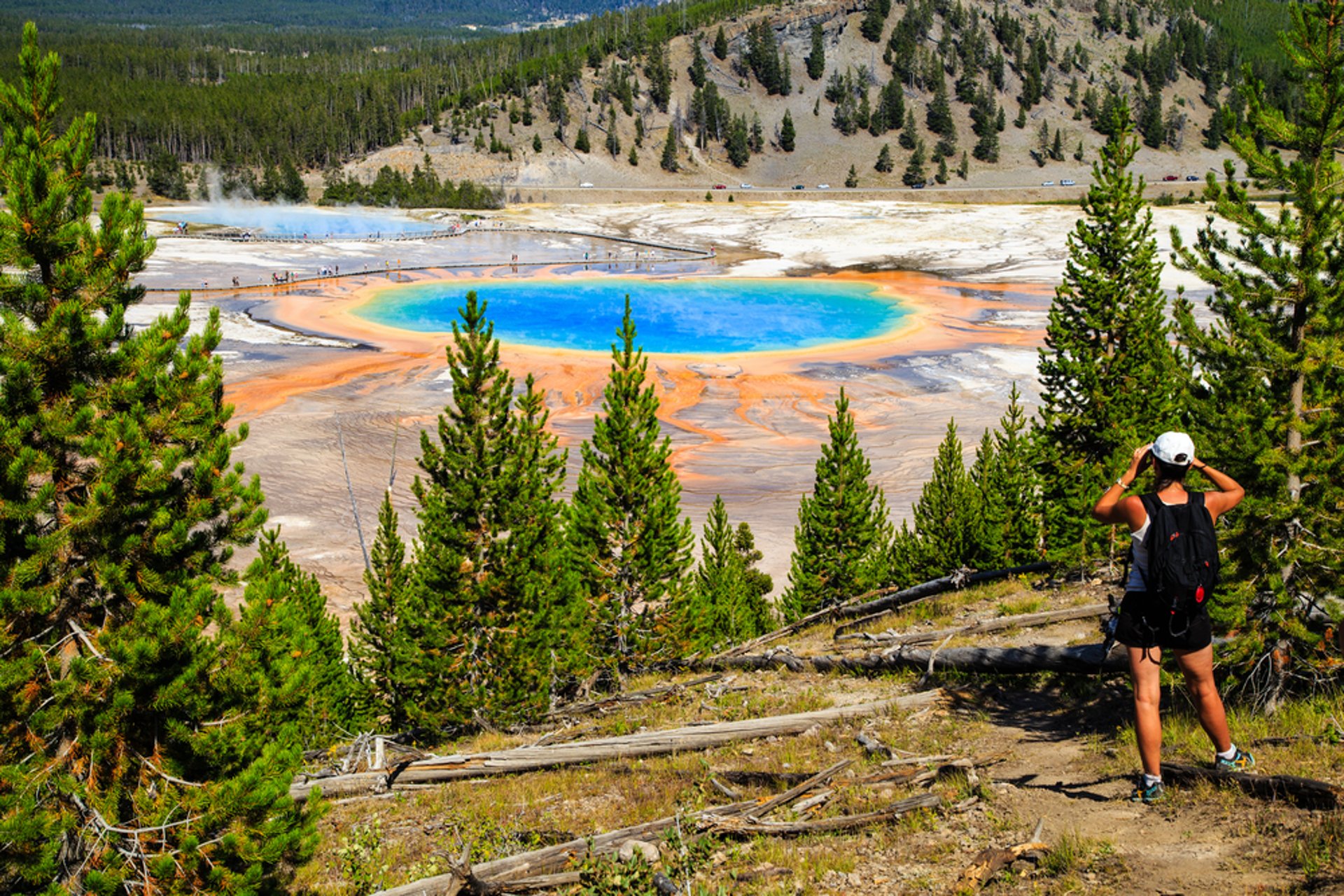
The National Park Service is seeking to hike entrance fees at some of the country’s most beloved and iconic parks during their busiest months.
The agency, part of the U.S. Department of the Interior, announced this week that it has proposed creating peak-season entrance fees for 17 parks to help fund infrastructure improvements. The public has until Nov. 23 to comment on the proposal.
U.S. Secretary of the Interior Ryan Zinke explains in a statement:
“We need to have the vision to look at the future of our parks and take action in order to ensure that our grandkids’ grandkids will have the same if not better experience than we have today. Shoring up our parks’ aging infrastructure will do that.”
Such infrastructure includes:
- Roads
- Bridges
- Campgrounds
- Waterlines
- Bathrooms
- Other visitor services
The proposal would increase the National Park Service’s revenue by an estimated $70 million per year. That would be 34 percent more than the $200 million the agency collected last year.
How prices would change
If the National Park Service’s proposal goes through, 17 parks would charge peak-season entrance fees. A park’s peak season is considered the five-month period during which it sees the most visitors.
Those 17 national parks and the dates of their peak seasons are:
Jan. 1-May 31:
- Joshua Tree
May 1-Sept. 30:
- Arches
- Bryce Canyon
- Canyonlands
- Denali
- Glacier
- Grand Canyon
- Grand Teton
- Olympic
- Sequoia and Kings Canyon
- Yellowstone
- Yosemite
- Zion
June 1-Oct. 31
- Acadia
- Mount Rainier
- Rocky Mountain
- Shenandoah
These are top revenue parks, according to a proposal fact sheet. They collect 70 percent of the total of all entrance fees nationwide.
Currently, the 17 parks charge up to:
- $30 per private, noncommercial vehicle
- $25 per motorcycle
- $15 per person on bike or foot
- $60 per one-park annual pass
Under the Park Service’s proposal, entrance to the 17 parks during their peak seasons would cost at least twice as much for those who do not have an annual pass:
- $70 per private, non-commercial vehicle
- $50 per motorcycle
- $30 per person on bike or foot
- $75 per one-park annual pass
The proposal also includes peak-season entrance fees for commercial tour operators at the same 17 parks listed above.
Not all prices would change
Under the Park Service’s proposal, the cost of the annual pass that provides entrance to all federal lands would remain $80.
Entrance to the majority of national parks would continue to be free, too. Only 118 of 417 Park Service sites charge admission, and the 17 parks affected by the proposal are already among the 118 that charge admission.
Admission to all parks would also continue to be free for children age 15 and younger and holders of the following types of passes:
- Senior — which costs $80 for the lifetime version and $20 for the annual version
- Military — a free pass for current U.S. military members and their dependents
- Access — a free pass for U.S. citizens and permanent residents with permanent disabilities
- Volunteer — a free pass for volunteers with 250 service hours with federal agencies that participate in the Interagency Pass Program
- Every Kid in a Park — a free pass for fourth-graders
How to have a say
A 30-day public comment period is now underway, closing on Nov. 23. So, if you want to opine on the National Park Service’s plans to create peak-season prices, you can do so online or by mail.
Just visit the park service’s public comment website, or mail your comment to 1849 C St. NW, Mail Stop: 2346, Washington, DC 20240.
What’s your take on this news? Let us know how you feel about the proposed price hikes by commenting below or over on our Facebook page.




Add a Comment
Our Policy: We welcome relevant and respectful comments in order to foster healthy and informative discussions. All other comments may be removed. Comments with links are automatically held for moderation.